What Color Is the Moon?
The color of the moon is mostly grey. And the lunar maria are dark grey. The 4 most dominant rocks are: mare basalts, breccia, anorthosite and regolith.
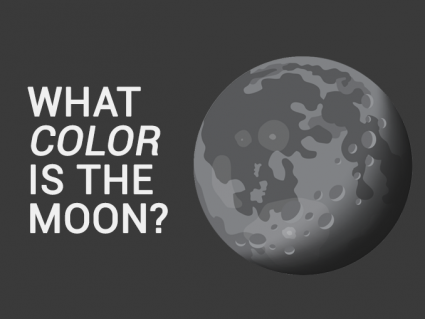
The color of the moon is mostly grey. And the lunar maria are dark grey. The 4 most dominant rocks are: mare basalts, breccia, anorthosite and regolith.
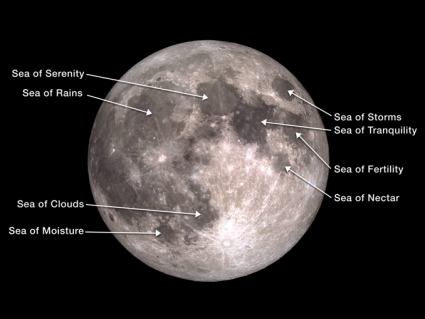
The dark areas on the moon are lunar maria which in Latin means “seas”. They’re called maria because early scientists believed they could see oceans there.
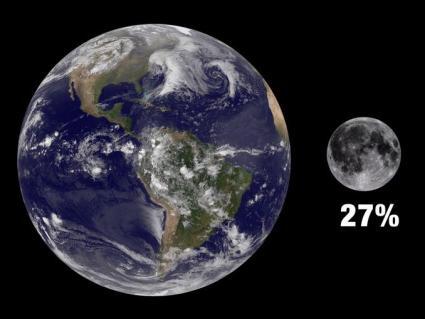
How big is the moon? It’s about 1/4 (27%) the size in diameter of Earth. Alternatively, you can think of the moon being about as wide as the United States.
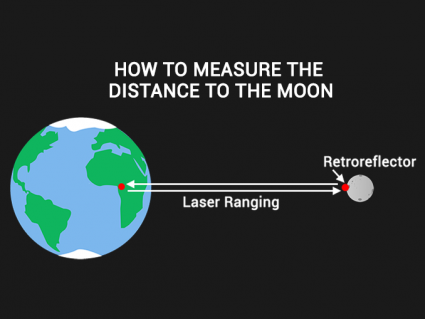
How do we measure the distance between the Earth and the Moon? Astronomers use parallax, lunar eclipses, radar and laser ranging to measure lunar distance.
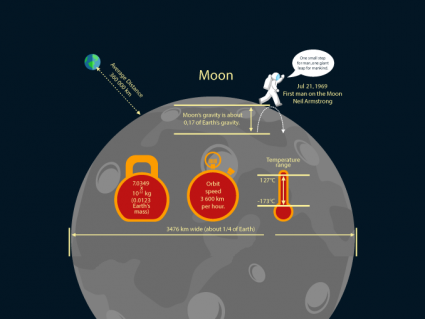
The gravity of the moon is 1/6 of Earth. If you stepped on a scale on the moon, you could subtract 83.5%. So 100 kg in weight would be 16.5 kg on the moon.
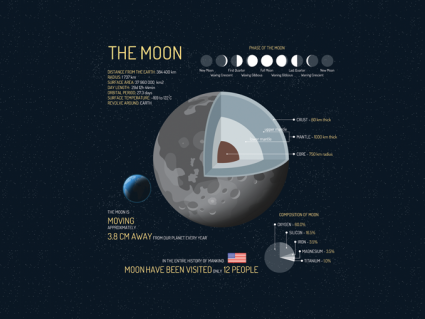
Earth’s moon was formed at the same time that Earth did. Interesting moon facts include its gravity is 1/6 of Earth and temperature range of -173°C to 127°C

The giant impact hypothesis models the formation of our moon. It starts with a Mars-sized object hitting Earth. This object (moon) still remains in orbit.
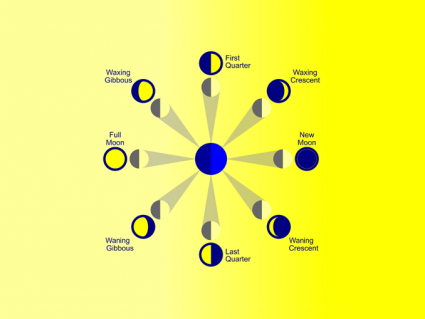
At all times the sun illuminates half of the moon. Depending on your point of view, this is what causes the various phases of the moon.
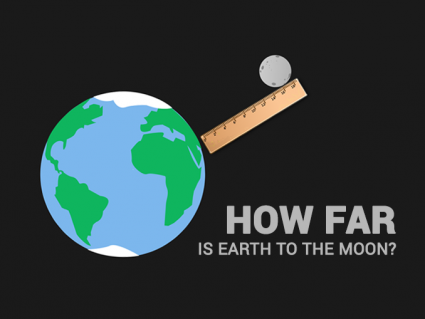
The moon is approximately 238,855 miles (384,400 km) away from the Earth. It’s such a big gap that you can almost fit all the 7 other planets in between.